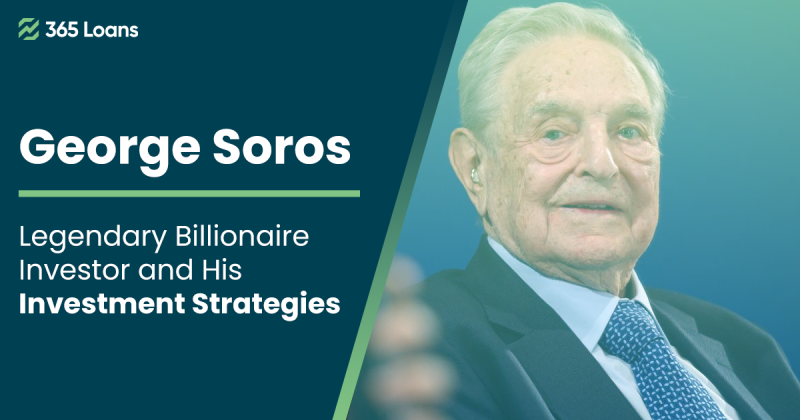In the annals of finance, one name stands out as an emblem of extraordinary success and influence – George Soros. As a Hungarian-American billionaire investor, hedge fund manager, and philanthropist, Soros has etched his name into the history of finance. Renowned for his distinctive investment strategies and wide-reaching philanthropic efforts, the life and work of George Soros continue to captivate, inspire, and impart invaluable lessons to investors across the globe. In this article, we embark on a journey to explore the enigmatic billionaire investor and dissect the investment strategies that have propelled him to legendary status.
Net Worth: 6.7 billion USD (2023)
The Man Behind the Legend
George Soros was born in Budapest, Hungary, in 1930. He survived the Nazi occupation and emigrated to the United Kingdom in 1947. After studying at the London School of Economics, he ventured into finance, eventually moving to the United States, where he founded Soros Fund Management in 1970.
Soros’s Quantum Fund gained widespread recognition when he “broke the Bank of England” in 1992 by shorting the British pound, earning a billion dollars in the process. This famous trade cemented his status as one of the world’s most successful investors.
A global economy is characterized not only by the free movement of goods and services but, more important, by the free movement of ideas and of capital.
George Soros
Key Investment Strategies
- Reflexivity Theory: At the core of Soros’s investment philosophy is the concept of reflexivity. He believes that market prices and investor behavior are influenced by each other, often in a self-reinforcing feedback loop. Soros’s ability to recognize and exploit these feedback loops has been a key driver of his success. He famously stated, “I rely a great deal on animal instincts.”
- Value Investing: Soros combines elements of value investing with his reflexivity theory. He seeks undervalued assets and believes in buying when the market is pessimistic and selling when it’s euphoric, much like Warren Buffett’s value-oriented approach.
- Risk Management: Soros is a fervent advocate of risk management. He places a strong emphasis on limiting losses and has a reputation for using stop-loss orders to protect his capital. This discipline has allowed him to stay in the game for the long run.
- Diversification: Soros diversifies his investments to mitigate risk. His approach includes investing in various asset classes and geographies, thereby spreading risk and seeking consistent returns.
Beyond the Markets
George Soros’s influence extends beyond his investment acumen. He is also a renowned philanthropist who has donated billions to support causes such as education, human rights, and healthcare. Through his Open Society Foundations, he strives to promote democratic values and social justice around the world.
He has donated more than $30 billion to charitable causes.
Conclusion
George Soros’s life and investment strategies are a source of inspiration and knowledge for investors and financial enthusiasts. His reflexivity theory, value-oriented approach, risk management, and commitment to diversification provide valuable lessons for those navigating the world of finance.







